This website uses cookies so that we can provide you with the best user experience possible. Cookie information is stored in your browser and performs functions such as recognising you when you return to our website and helping our team to understand which sections of the website you find most interesting and useful.
Animal RFID Glass Tag
CATEGORIES
Featured products
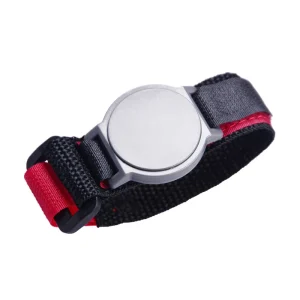
Fabric RFID Bracelet
The Fabric RFID Bracelet is a waterproof NFC bracelet suitable…
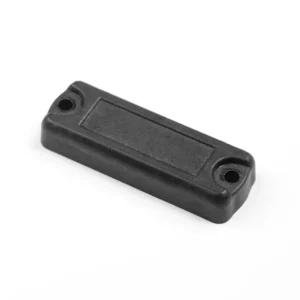
Long Distance UHF Metal Tag
The Long Distance UHF Metal Tag is an RFID tag…
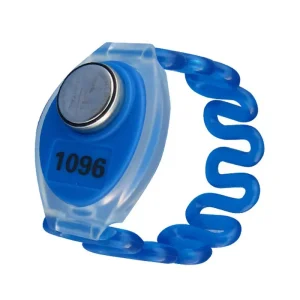
RFID Pool Wristband
RFID pool wristbands are smart wristbands designed for water places…
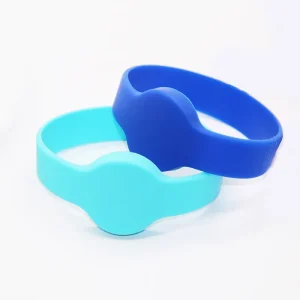
Waterproof RFID Bracelet
The waterproof RFID bracelet is a smart device designed for…
Recent News
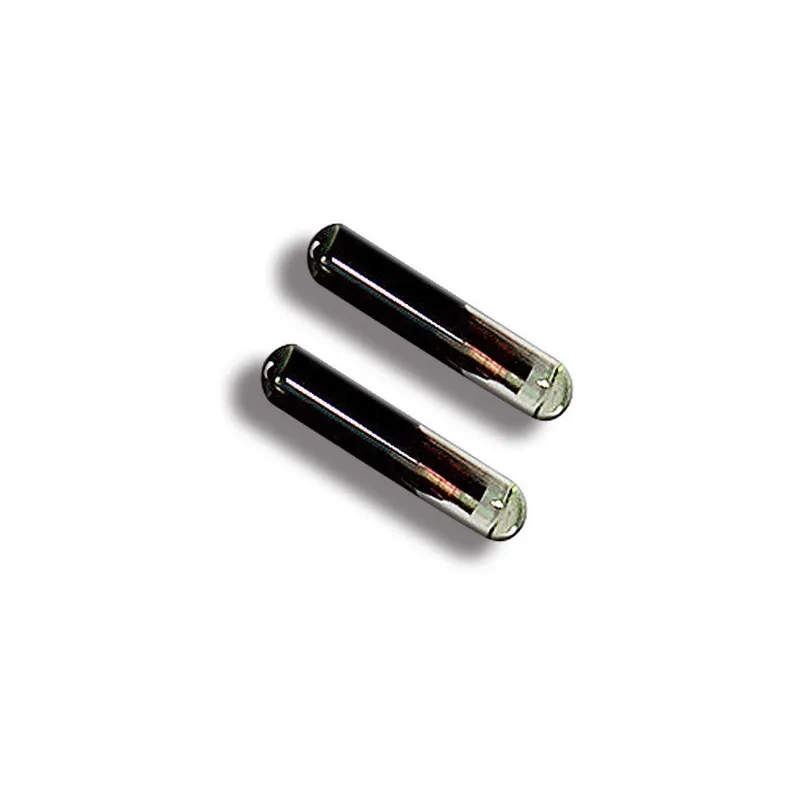
Short Description:
Animal RFID glass tags are an advanced technology for animal identification and tracking. They contain an RFID chip embedded in a glass tube with a globally unique ID number, enabling one object and one code. These tags use wireless radio frequency for contactless automatic identification and can communicate with the reader in two directions without touching the target object. They are small, safe, stable, long-lasting, secure, versatile, easy to read, and waterproof. They can be used for animal monitoring, health monitoring, food safety traceability, wildlife research, and zoo management.
Share us:
Product Detail
Animal RFID glass tags contain an RFID chip embedded in a glass tube, which has a globally unique ID number, enabling one object, and one code. These tags use wireless radio frequency for contactless automatic identification and can communicate with the reader in two directions without touching the target object. Animal RFID glass tags are an advanced animal identification and tracking technology with broad application prospects and potential.

Products Description
| Product Name | Animal Microchip Syringe |
| Microchip Material | glass with parylene coating |
| Syringe Material | Polypropylene |
| Chips | EM4305 / TK4100 / EM4100 / as require |
| Size | 1.25*7mm, 1.4*8mm, 2.12*8mm, 2.12*12mm, 3*15mm, 4*32mm |
| Frequency | Standard: 134.2KHz
Optional: LF 125KHz, HF 13.56MHz / NFC |
| Application | Biological identification (A unique code that is universally used) |
| Protocol | ISO11784/11785, FDX-B, FDX-A, HDX,
NFC HF ISO14443A is available for an option |
| Packing Material | Medical breathable paper |
| Info on Package | Date of sterilization & valid, 15 digits with barcode
Support print customized package |
| Work Tem. | -25 ℃~85℃ |
| Store Tem. | -40 ℃~90℃ |
| Syringe Color | Green, White, Blue, Red, Support custom |
| Sterilization | EO gas |
| Option | only Microchip / Syringe with microchip / only Syringe |
| Package | 1 syringe with 1 pre-loaded microchip,
then packed in 1 Medical-grade sterilization pouch |
| Operating Life | >100,000 times |
| Read Range | 10~20cm (affected by product size and reader) |

Advantages:
- Tiny and safe: When implanted in an animal, the glass tube implantable tag is almost undetectable due to its small size. Moreover, the superior biocompatibility of glass tubes lessens the pain associated with implantation.
- Stability and long life: Because RFID glass tags are passive and don’t need an external power source, they have a long service life. They can function steadily in the body’s implantation environment to guarantee the accuracy of the data.
- strong security: It is difficult to unlawfully tamper with low-frequency RFID technology because of its strong security. The implanted tag’s glass cover effectively protects the security of the information about specific animals by making it harder to tamper with the data.
- Versatility: Glass tube implantable tags can carry a variety of information in addition to basic identification functions, such as allergy, medical history, and breeding information. This allows the tags to provide precise and timely information for a range of purposes, including breeding, medical assistance, and the prevention of animal epidemics.
- Simple to read: Inductive data collection is easy to use and requires just a little shake of the collector near the tag to read the current information.
- Waterproof: Whether the tag is implanted inside the animal or on its ear, low-frequency tags are readily and rapidly read, permeate water and animal bodies, and are insensitive to metal.
Applications:
Animal monitoring and management: RFID glass tags may be used to accurately track and manage a variety of animals, including farm animals, wild animals, and pets.
Health monitoring: Vaccination histories, illness histories, and other information may be utilized to track an animal’s health using the information on its tag.
Food safety traceability: To guarantee the quality and safety of animal products, RFID tags may be used in animal husbandry for food safety traceability.
Research and conservation of wildlife: RFID tags may be used to track, identify, and monitor wild animals. This information can be used to assist scientists create reasonable and scientific protection measures by enabling them to understand things like animal movement, habitat consumption, and population dynamics.
Management of zoos and wildlife sanctuaries: RFID tags may assist in providing more advanced management and protection techniques while also monitoring the quantity, health, and range of animals housed in these facilities.

![Rfid Tag manufacturer [Wholesale | OEM | ODM]](https://www.fjrfidfactory.com/wp-content/uploads/2024/04/logo.webp)
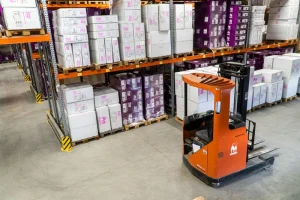
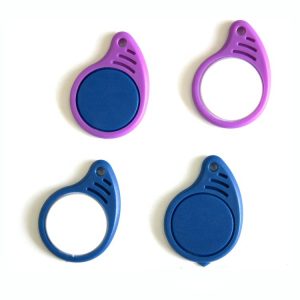
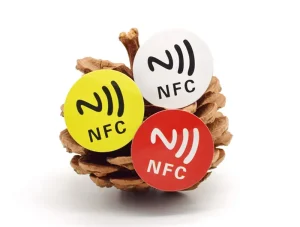
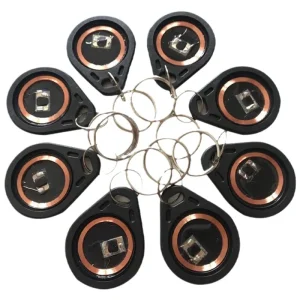

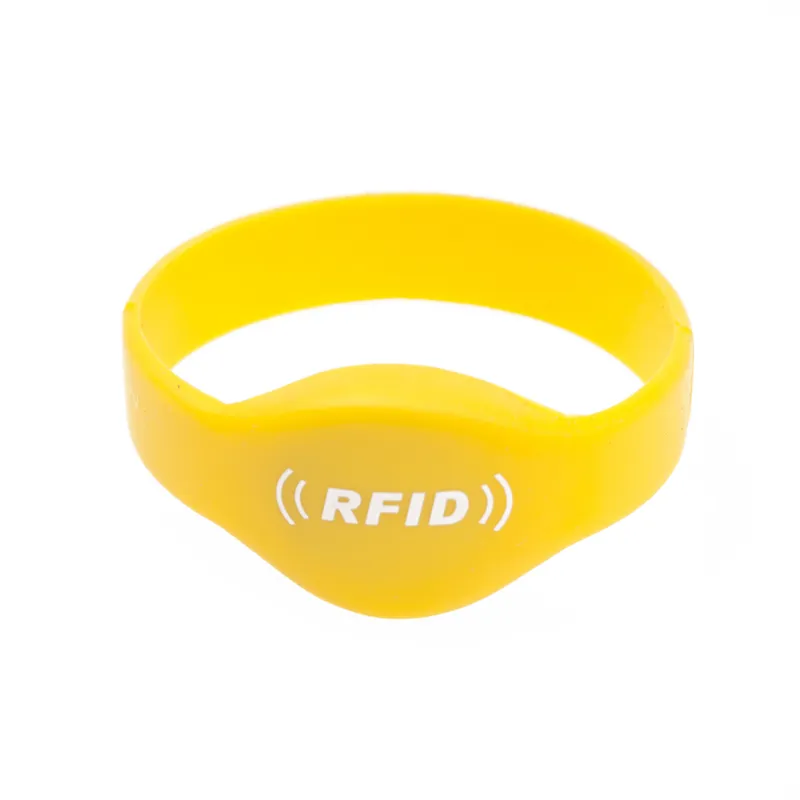
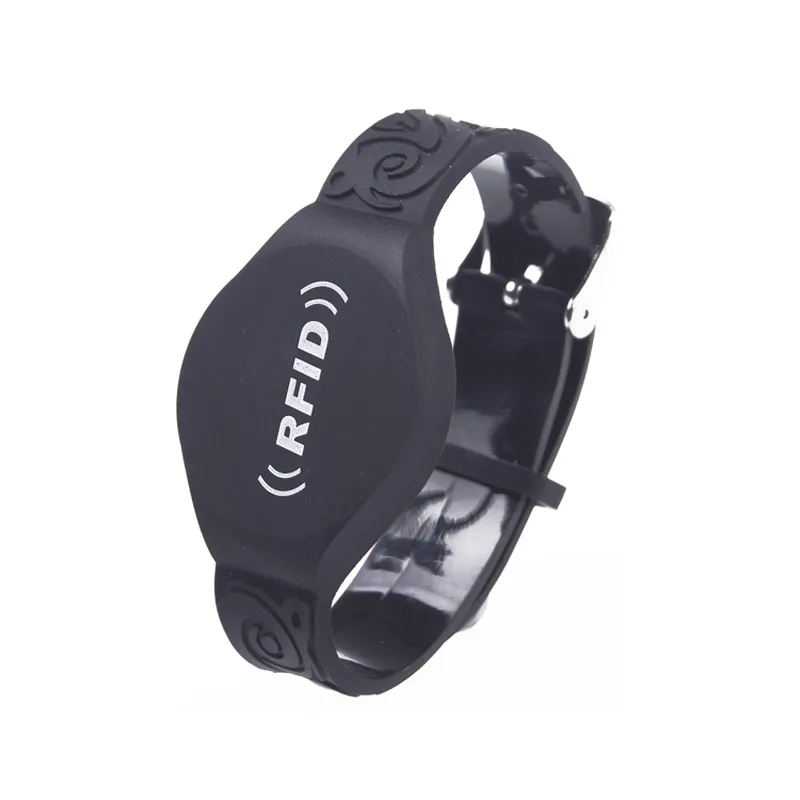
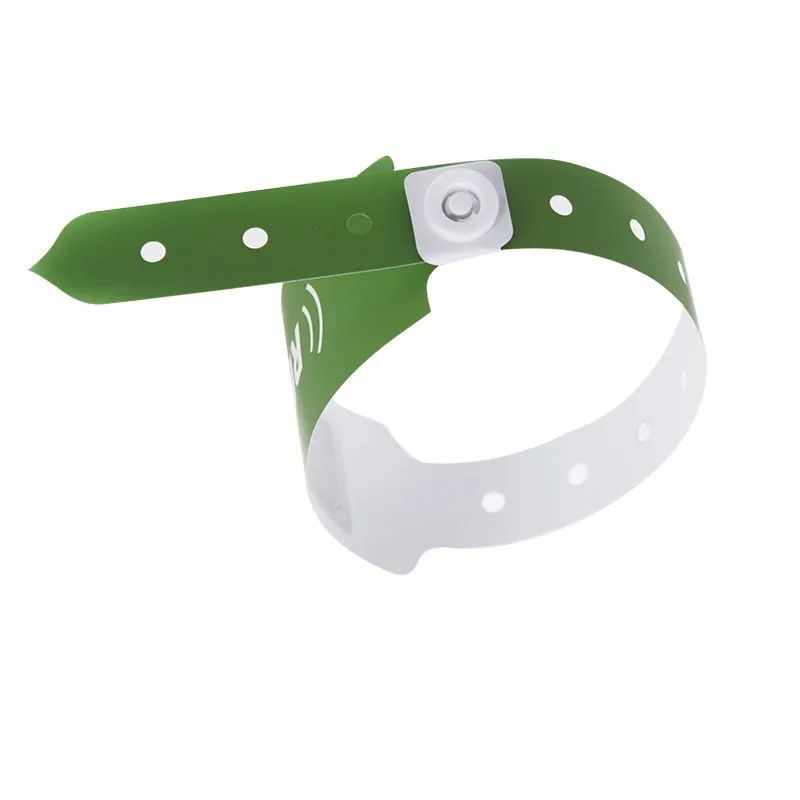
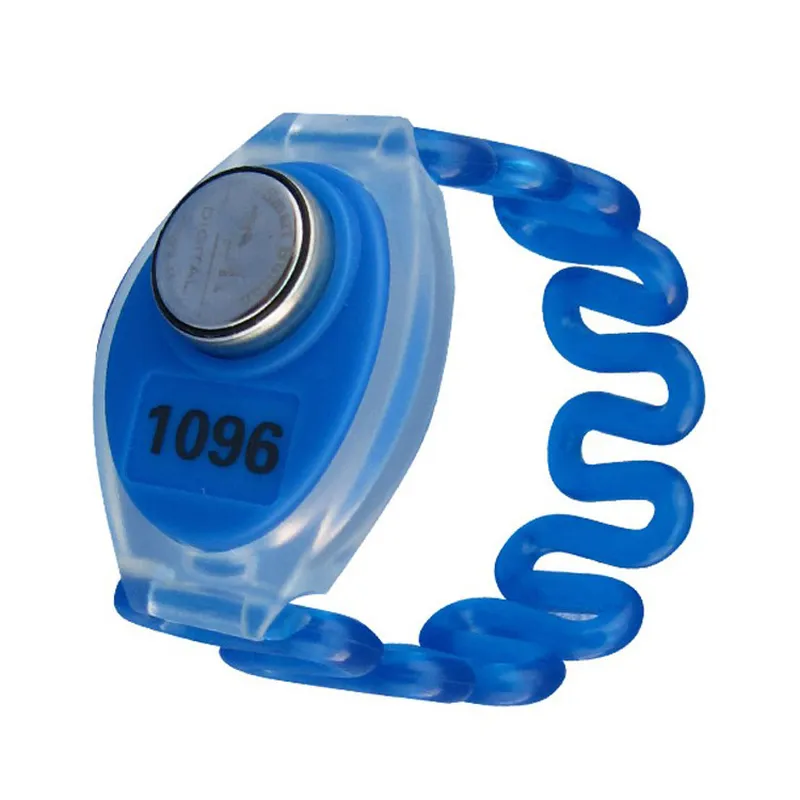
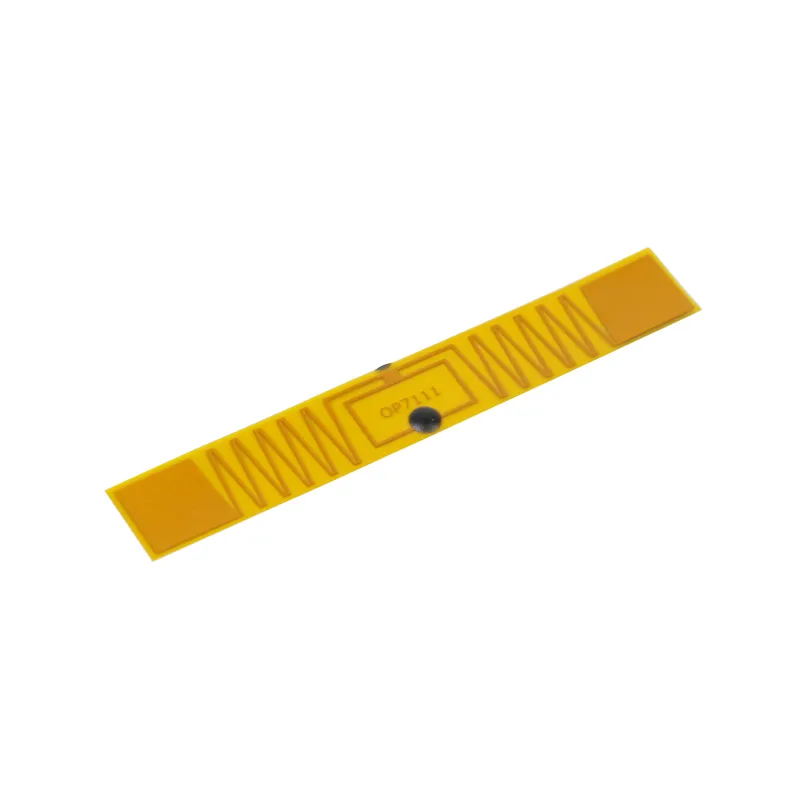
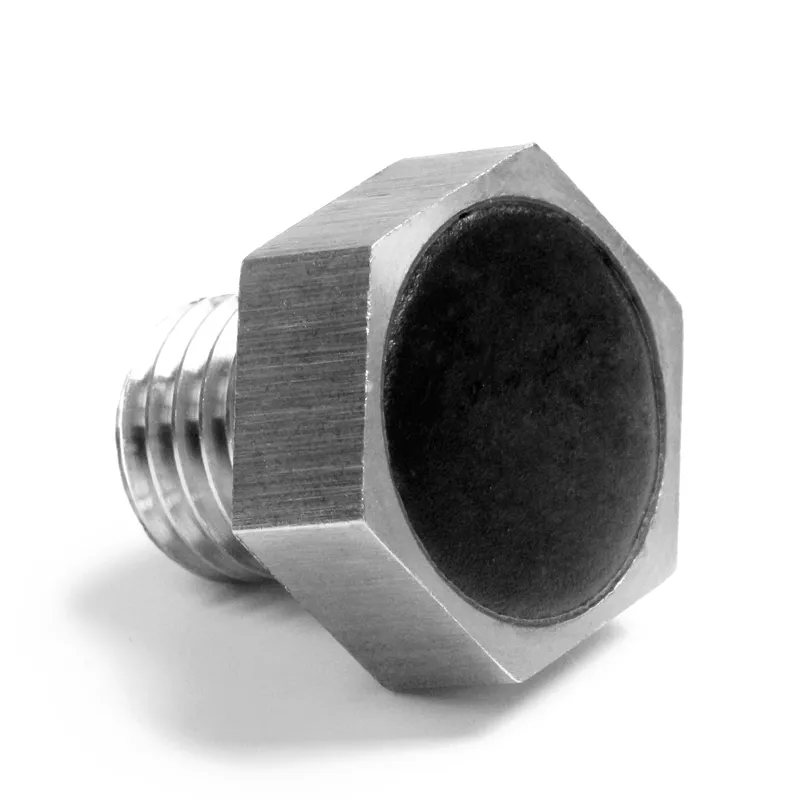

![Rfid Tag manufacturer [Wholesale | OEM | ODM]](https://www.fjrfidfactory.com/wp-content/plugins/gdpr-cookie-compliance/dist/images/gdpr-logo.png)